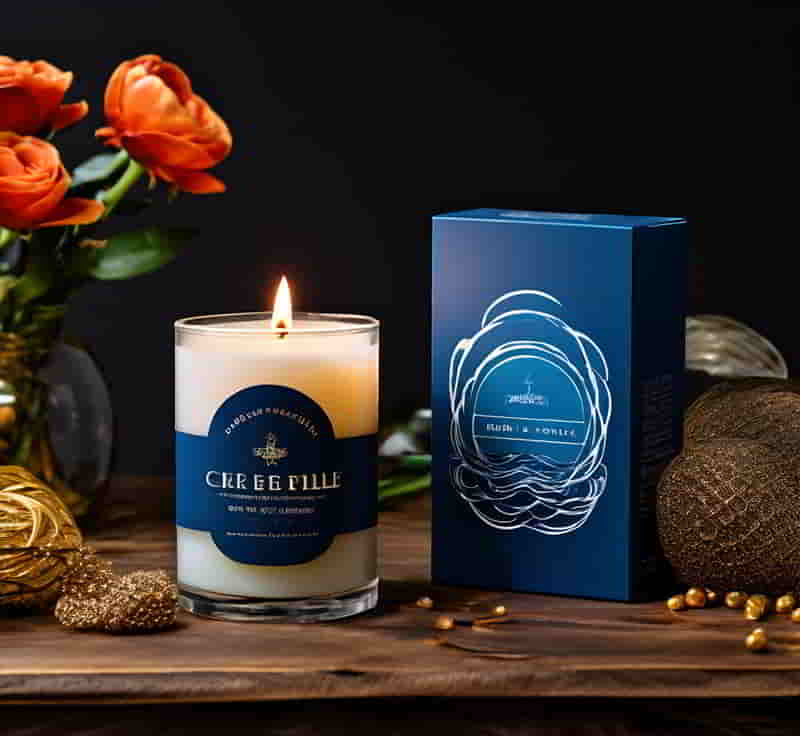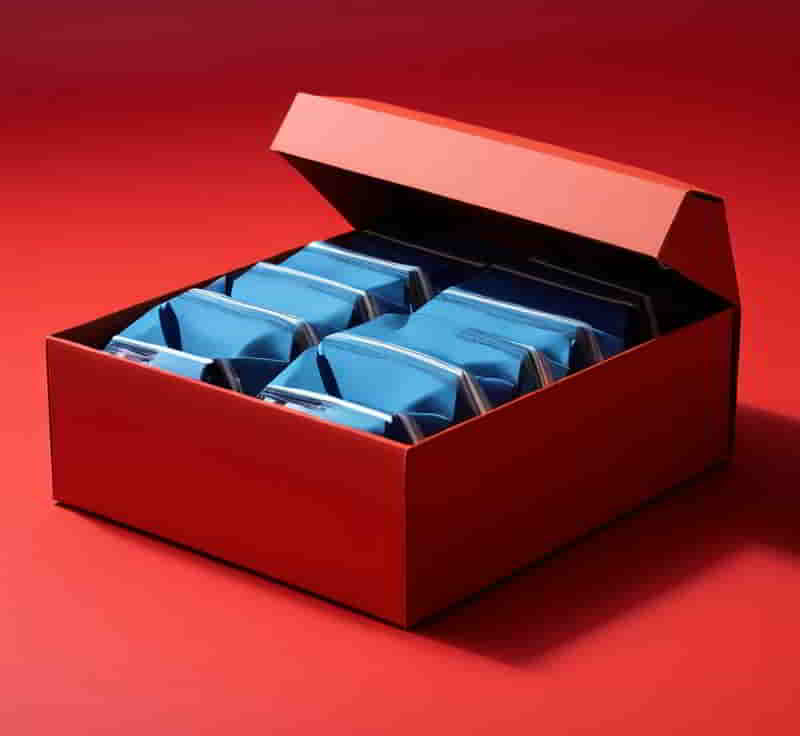
How Can I Design My Packaging Box?
Designing your packaging box involves several steps, and it's important to create a design that reflects your brand identity and appeals to your target audience.
Here's a general guide on how you can design your packaging box:
-
Understand Your Brand:
- Define your brand identity, values, and messaging.
- Consider the emotions and perceptions you want your packaging to evoke.
-
Know Your Product:
- Understand the size, shape, and dimensions of your product.
- Consider any specific requirements for protecting or displaying your product.
-
Target Audience:
- Identify your target audience and design with their preferences in mind.
- Consider factors like age, gender, and interests.
-
Choose a Style:
- Decide on the packaging style (e.g., box, bag, sleeve) that suits your product.
- Consider functionality and visual appeal.
-
Graphics and Branding:
- Create a visually appealing logo and include it prominently.
- Use consistent colors, fonts, and imagery to reinforce your brand.
-
Product Information:
- Include essential product information such as name, features, and usage instructions.
- Ensure legibility and clarity of text.
-
Material and Finish:
- Choose the right material for your packaging (cardboard, kraft paper, etc.).
- Decide on the finish (matte, gloss) that complements your brand image.
-
Print Quality:
- Ensure high-resolution graphics for a professional look.
- Test the design for color accuracy and clarity.
-
Die-Cut and Special Features:
- Explore die-cut options for unique shapes.
- Consider special features like embossing, foiling, or spot UV for added elegance.
-
Regulatory Requirements:
- Check if there are any legal or regulatory requirements for your product packaging.
-
Mockups and Prototypes:
- Create mockups or prototypes to visualize the final product.
- Test the design's practicality and appeal.
-
Feedback:
- Gather feedback from potential customers, colleagues, or design professionals.
- Make adjustments based on feedback.
-
File Preparation:
- Prepare print-ready files according to the printing company's specifications.
- Include bleed and trim marks if necessary.
-
Printing and Production:
- Submit your design to a reputable printing service.
- Communicate any specific printing instructions or requirements.
Remember, the design process may vary depending on your product and industry. If you're using a specific printing service, they may provide templates and guidelines to facilitate the design process.


